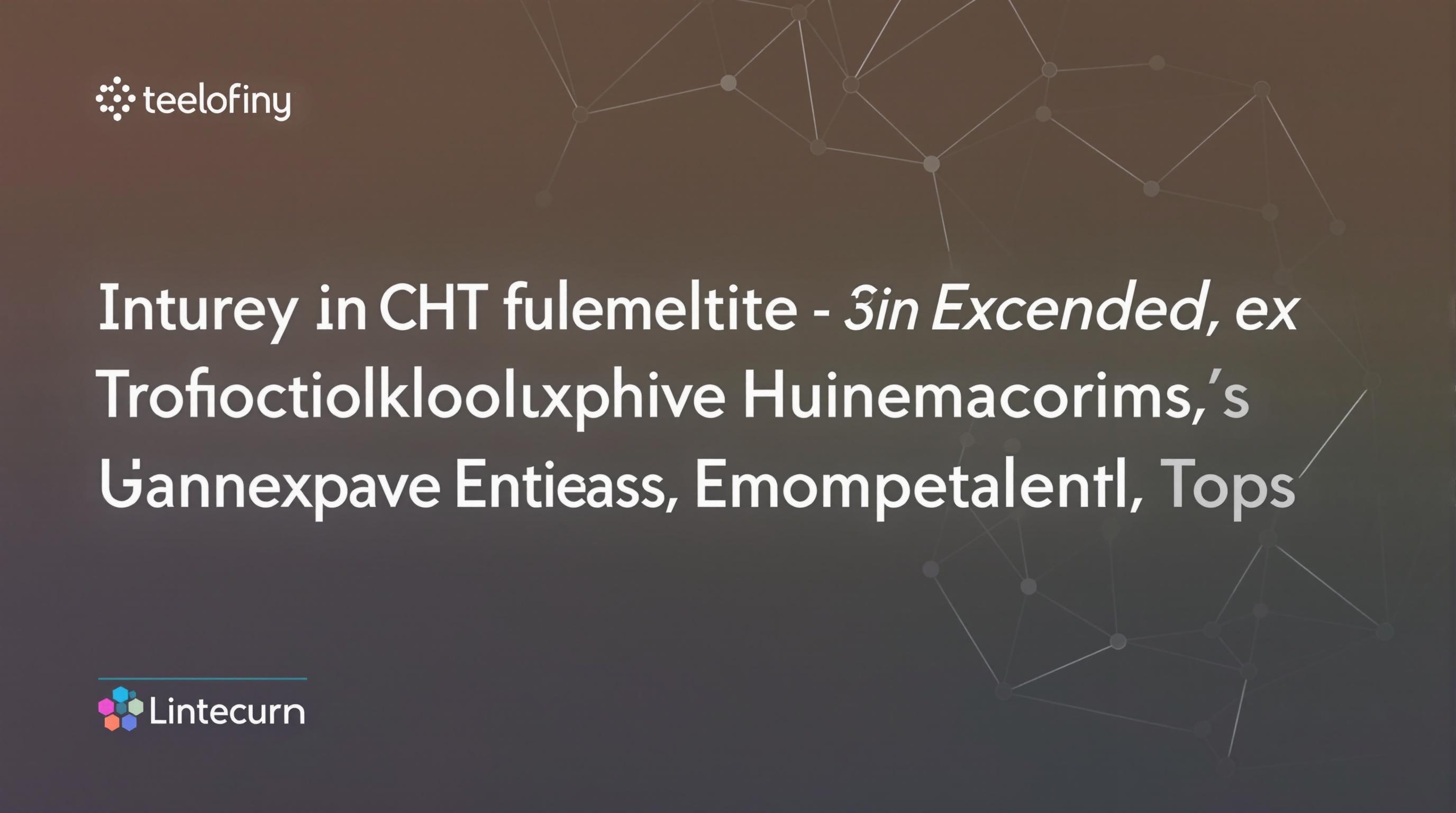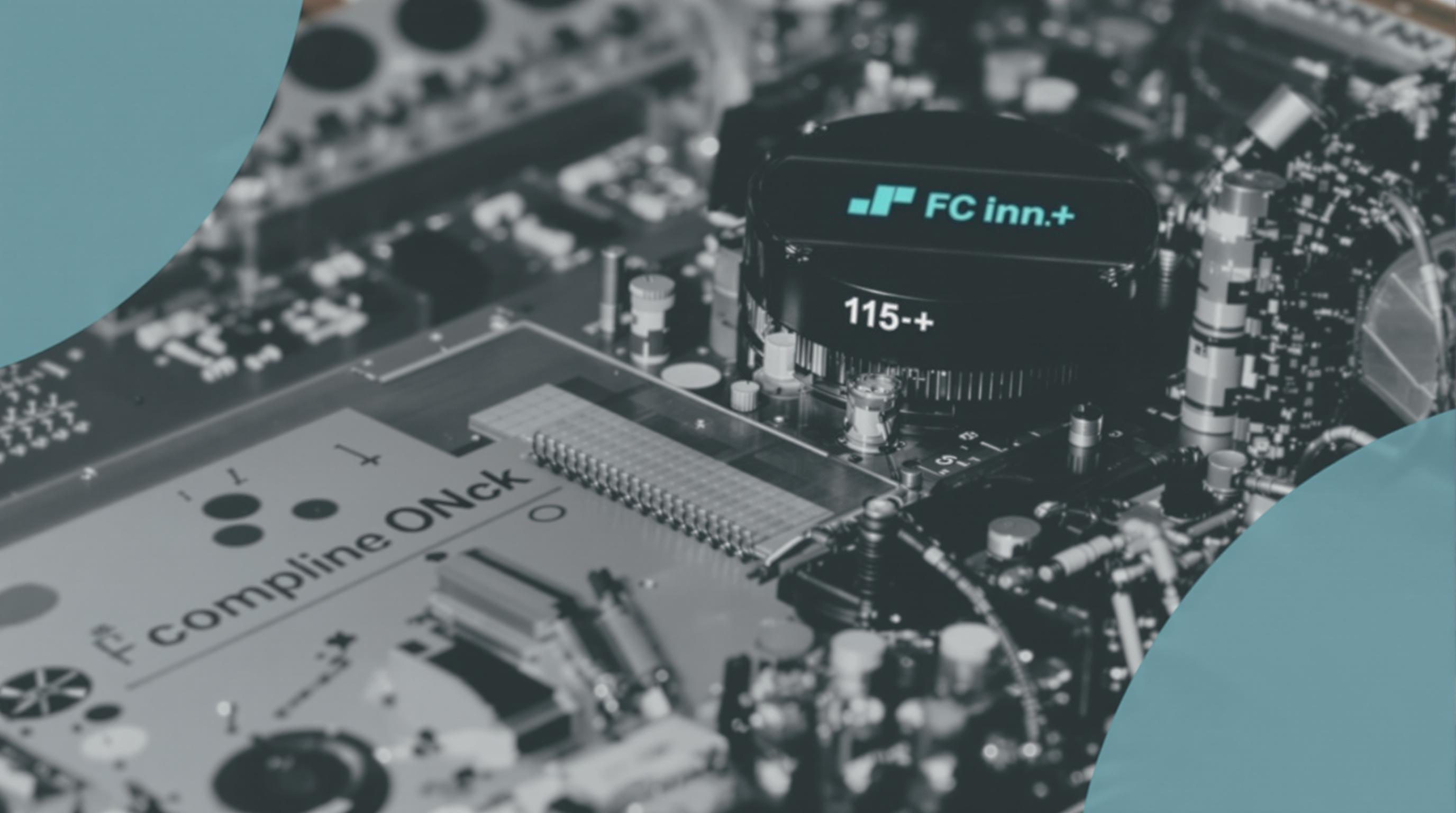Related Articles
- When Disaster Strikes: Unseen Psychological Impacts of Data Loss on Company Culture and Employee Trust
- 7 Game-Changing Business Backup Tools Released Since 2019 You Didn’t Know You Needed
- 5 Trailblazing Smart Home Subscription Services Redefining Convenience and Control Since 2019
- 6 Innovative Boutique Subscription Services Redefining Customer Loyalty and Engagement Since 2019
- How Forgotten Analog Methods Might Reshape Modern Corporate Info Preservation Strategies
- How Behavioral Biases Secretly Skew Financial Audit Outcomes and What Checklists Miss
Top 7 Cutting-Edge Solutions Launched Since 2019 for Securing Mission-Critical Business Information
Top 7 Cutting-Edge Solutions Launched Since 2019 for Securing Mission-Critical Business Information
Top 7 Cutting-Edge Solutions Launched Since 2019 for Securing Mission-Critical Business Information
1. Zero Trust Architecture
Zero Trust Architecture (ZTA) emerged as a fundamental shift in cybersecurity since 2019. Unlike traditional perimeter-based defenses, ZTA assumes no user or device is inherently trustworthy. Every access request is thoroughly verified before granting entry, drastically reducing insider threats and lateral movement within networks.
By adopting this model, businesses can safeguard sensitive data against both external breaches and internal missteps. ZTA frameworks use continuous authentication, strict identity verification, and granular access controls to keep mission-critical information secure.
Industry leaders like Google and Microsoft have integrated Zero Trust into their security platforms, influencing wide adoption worldwide.
For organizations handling sensitive data, Zero Trust represents a practical and scalable solution. It shifts security from a static perimeter focus to dynamic, identity-driven controls, making it a key development in protecting vital business assets.
Source: NIST Special Publication 800-207 – Zero Trust Architecture.
2. Confidential Computing
Confidential computing technologies surfaced as a groundbreaking method to protect data in use. Traditionally, data is encrypted when stored or transmitted, but vulnerable during processing. Confidential computing employs hardware-based Trusted Execution Environments (TEEs) to shield data even when it’s actively processed.
This innovation allows businesses to run sensitive computations on cloud infrastructures without exposing data to cloud providers or cyber actors. It enhances privacy and compliance by reducing attack surfaces significantly.
Major cloud providers like Microsoft Azure and Google Cloud have launched confidential computing offerings since 2019, enabling secure multi-party analytics and AI workloads.
Confidential computing represents a leap forward in securing mission-critical information by addressing one of the last unsecured states: data in use. Organizations adopting this cutting-edge tech gain a new trust level in outsourcing sensitive operations.
Source: Confidential Computing Consortium, 2020.
3. Extended Detection and Response (XDR)
XDR solutions unify multiple detection and response tools into a single platform. Introduced around 2019, XDR integrates endpoint, network, server, and email security data for holistic threat visibility. This consolidated approach simplifies threat hunting and accelerates incident response.
By correlating data across security layers, XDR identifies attack patterns that standalone tools might miss. It reduces alert fatigue through automation and delivers context-rich insights that empower security teams to prioritize risks effectively.
Vendors such as CrowdStrike and Palo Alto Networks have been pioneers in developing XDR, making it a front-runner in enterprise defense.
For mission-critical data environments, XDR offers a proactive and comprehensive defense system. It enhances security posture by enabling faster detection and informed response to sophisticated threats.
Source: Gartner Market Guide for XDR, 2021.
4. AI-Driven Behavioral Analytics
Artificial Intelligence (AI) powered behavioral analytics have advanced significantly since 2019, providing nuanced insights into user and entity behavior. These solutions establish baselines of normal activity and detect anomalies signaling potential insider threats or compromised credentials.
By leveraging machine learning algorithms, behavioral analytics reduce false positives and adapt continuously to evolving user patterns. This dynamic detection is crucial for protecting mission-critical information from sophisticated tactics.
Companies like Vectra and Darktrace have developed AI-driven platforms that proactively monitor and alert on suspicious activities.
Incorporating behavioral analysis into security strategies empowers businesses to detect threats earlier and with greater precision. It shifts defense from reactive blocks to predictive threat hunting.
Source: MIT Technology Review, 2020.
5. Homomorphic Encryption
Homomorphic encryption (HE) evolved from theory into practical solutions post-2019. HE allows computations on encrypted data without needing to decrypt it first, preserving confidentiality throughout processing.
This cryptographic advancement enables secure data sharing and analysis in multi-party environments without exposing sensitive content. It is particularly valuable for industries like finance and healthcare where privacy is paramount.
Research labs and startups have accelerated HE adoption, integrating it into secure cloud and AI workflows.
By maintaining encryption at all times, homomorphic encryption protects mission-critical data from exposure even during analytics, marking a significant breakthrough in data confidentiality.
Source: IBM Research, 2021.
6. Secure Access Service Edge (SASE)
Since 2019, Secure Access Service Edge (SASE) has combined networking and security into a cloud-delivered model. SASE converges SD-WAN capabilities with security functions like secure web gateways, firewall-as-a-service, and zero-trust access.
This architecture supports today’s distributed workforce by enforcing consistent security policies regardless of user location. It reduces complexity and enhances protection for mission-critical resources accessed remotely.
Organizations like Gartner have championed SASE as a transformational approach for secure cloud adoption and mobile workforce security.
SASE’s unified and flexible framework aligns well with evolving business needs, ensuring that sensitive data remains protected across all points of access.
Source: Gartner, 2019.
7. Blockchain for Data Integrity
Blockchain’s decentralized ledger technology has found new roles in securing mission-critical business information since 2019. By providing tamper-evident records, blockchain ensures data integrity and traceability across systems.
This capability is vital for auditing, compliance, and preventing unauthorized data alterations. Industries from supply chain to finance leverage blockchain to verify transactions and safeguard critical logs.
Consortia like Hyperledger have developed frameworks that enterprises are deploying for secure, transparent data management.
While blockchain is not a catch-all security solution, its ability to guarantee data immutability adds a crucial layer of defense for sensitive business information.
Source: Harvard Business Review, 2020.
Conclusion
Since 2019, innovation in cybersecurity has accelerated, delivering cutting-edge solutions tailored for mission-critical business information protection. Zero Trust Architecture enforces rigorous access validation, while confidential computing and homomorphic encryption safeguard data through all stages of use.
Solutions like XDR and AI-driven behavioral analytics provide early threat detection and contextual awareness. Meanwhile, SASE reflects the modern network’s shift to cloud and remote work, delivering integrated security at the edge.
Blockchain adds assurance by preserving data integrity across complex environments. Together, these advancements equip organizations to withstand sophisticated adversaries and secure their most valuable digital assets.




